Therapeutic riding has emerged as a powerful modality in rehabilitation, personal development, and emotional healing. The unique bond between humans and horses creates opportunities for physical, cognitive, and emotional growth that can be transformative for individuals with various disabilities and challenges. Not all horses, however, are ideally suited for this specialized work. The selection of appropriate horse breeds for therapeutic riding programs involves careful consideration of temperament, gait, size, and adaptability. This article explores the most suitable horse breeds for therapeutic riding, examining their distinctive characteristics, benefits, and considerations for program directors looking to build or expand their equine teams.
Understanding Therapeutic Riding and Its Requirements

Therapeutic riding utilizes equine movement as a treatment strategy to improve neuromuscular function, address psychological challenges, and enhance overall well-being for participants with physical, emotional, cognitive, and developmental disabilities. The horses in these programs must possess exceptional qualities including a calm disposition, predictable reactions, tolerance for unusual situations, and the ability to withstand inconsistent rider input without frustration. These equine partners need to remain steady while surrounded by volunteers, therapists, and sometimes unusual equipment, all while carrying riders who may have balance issues or make sudden movements. Beyond temperament, these horses must have balanced, rhythmic gaits that provide appropriate input to the rider’s muscular and nervous systems, supporting therapeutic goals like improved coordination, balance, and muscle tone.
Quarter Horses: America’s Versatile Therapeutic Partners
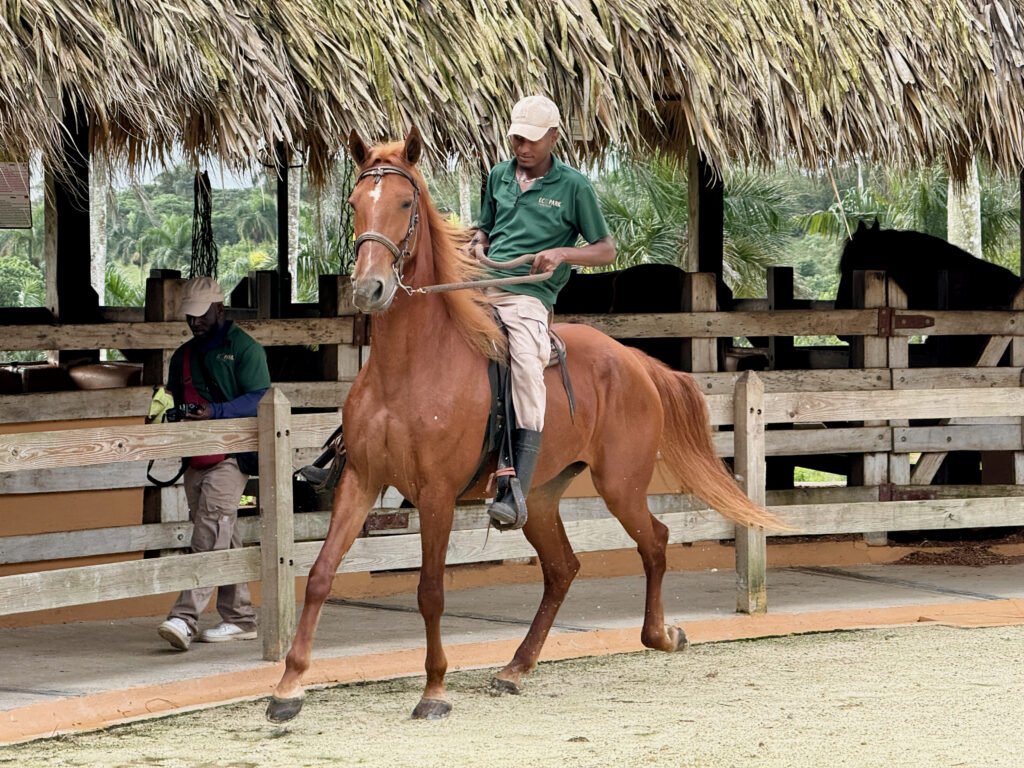
Quarter Horses stand as one of the most popular breeds for therapeutic riding programs across the United States, combining several ideal characteristics. Their naturally calm, level-headed temperament makes them exceptionally suitable for working with riders who may have unpredictable movements or behaviors. Standing typically between 14.3 and 15.2 hands high, Quarter Horses provide an approachable size that balances accessibility for mounting assistance while offering sufficient strength to accommodate various rider needs. Their wide, strong backs create a stable platform for riders with balance challenges, while their even, smooth gaits deliver consistent, predictable movement patterns that benefit physical therapy objectives. Additionally, the breed’s renowned trainability and willingness to please makes them receptive to the specialized training required for therapeutic environments.
Norwegian Fjord Horses: Compact Powerhouses with Gentle Souls
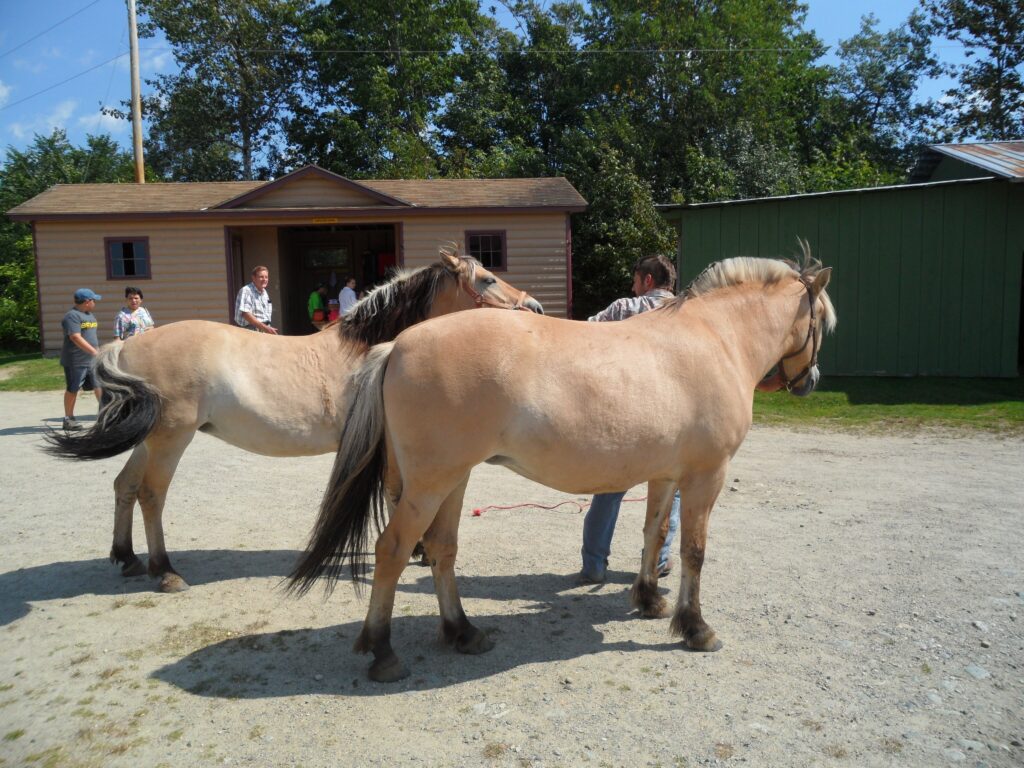
Norwegian Fjord Horses have earned a special place in therapeutic riding programs worldwide for their distinctive combination of attributes. Their compact, sturdy build (typically 13.2 to 14.2 hands) creates a lower center of gravity that enhances stability while making mounting and dismounting more accessible for riders with mobility limitations. Despite their smaller stature, Fjords possess remarkable strength and carrying capacity, comfortably supporting adult riders despite their pony-like dimensions. The breed’s naturally smooth, rhythmic gait provides excellent movement therapy for riders, while their distinctive dun coloring with dramatic dorsal stripe and zebra markings on legs often creates immediate visual engagement for participants. Perhaps most importantly, Fjords are renowned for their exceptionally gentle, people-oriented temperaments combined with a level of intelligence that allows them to adapt to different riders’ needs within the same day.
Haflingers: The Golden Therapeutic Mounts

Haflinger horses bring a distinctive combination of attributes that make them excellent therapeutic partners, starting with their eye-catching golden chestnut coloring and flaxen manes that often create immediate positive connections with participants. These Austrian-originated horses typically stand between 13.2 and 15 hands, providing a comfortable height that balances accessibility with adequate size for adult riders. Their naturally smooth, four-beat gait delivers consistent, gentle movement that is particularly beneficial for riders with sensory processing challenges or physical discomfort. Haflingers are known for their exceptional patience and willingness to accommodate unusual situations, maintaining calm composure even when faced with unexpected stimuli. Their intelligent, people-oriented nature allows them to form meaningful bonds with regular riders while adapting to the needs of various participants throughout a program’s schedule.
Welsh Cobs: Versatile and Hardy Therapeutic Partners

Welsh Cobs, particularly those from Section C (13.2 hands) and Section D (over 13.2 hands), offer exceptional versatility for therapeutic riding programs serving diverse participants. Their compact yet sturdy build provides stability and strength while maintaining a size that’s approachable for children and those with mounting anxiety. Welsh Cobs typically possess an exceptionally balanced temperament that combines alertness and intelligence with patience and willingness, allowing them to remain engaged in work without becoming overly reactive to environmental stimuli. The breed’s natural hardiness and strong constitution mean they can withstand the rigors of therapeutic work, often staying sound and healthy with consistent but not excessive care. Additionally, their characteristic free-moving, ground-covering stride delivers therapeutic benefits while their sure-footedness provides confidence when navigating different terrains during outdoor therapeutic sessions.
Morgan Horses: Historic Partners with Modern Therapeutic Applications

Morgan horses bring America’s oldest breed heritage to therapeutic riding settings with a unique combination of attributes that serve diverse program needs. Standing typically between 14.1 and 15.2 hands, they offer an accessible size while possessing the substance and strength needed for adult riders and those requiring significant support. Morgans are renowned for their exceptionally kind eyes and expressive faces that often create immediate emotional connections with participants who may struggle with human relationships. Their naturally uphill build and balanced movement provide excellent proprioceptive input for riders, while their athletic ability allows them to adapt to various therapeutic exercises and patterns. Perhaps most valuable is the Morgan’s legendary people-oriented nature, combining intelligence with an eager-to-please attitude that makes them responsive to rider needs while maintaining the patience required for therapeutic settings.
Icelandic Horses: Five-Gaited Therapeutic Specialists
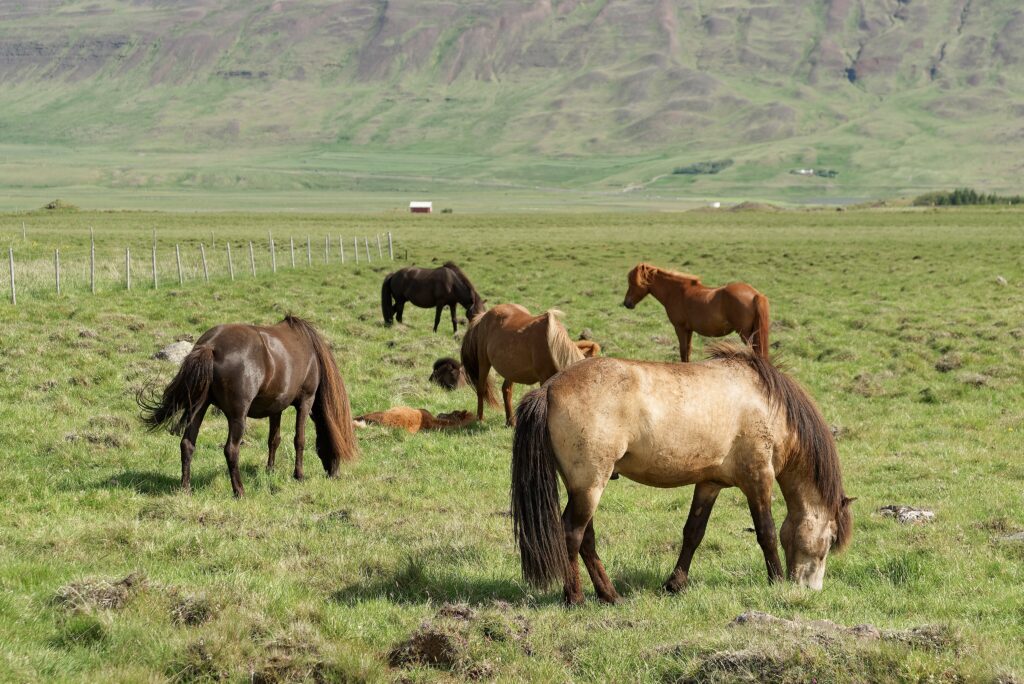
Icelandic horses offer unique capabilities for therapeutic programs through their distinctive five-gait system that includes the tölt, a four-beat lateral gait that provides extremely smooth, rhythmic movement without the bounce of trotting. This special gait delivers significant therapeutic benefits for riders with physical discomfort, joint issues, or those who cannot post to the trot, while still providing the muscle-engaging benefits of increased speed. Despite their small stature (typically 13 to 14 hands), these horses possess remarkable strength and carrying capacity due to their Viking heritage, comfortably accommodating adult riders despite their pony-like dimensions. Their exceptionally hardy nature and natural health mean they often remain in therapeutic service well into their twenties, providing program consistency and allowing deep bonds to develop with regular participants. Additionally, their intelligent, people-oriented temperament combines alertness with extraordinary patience, making them highly adaptable to various rider needs and therapeutic situations.
Draft Crosses: Gentle Giants for Special Therapeutic Needs
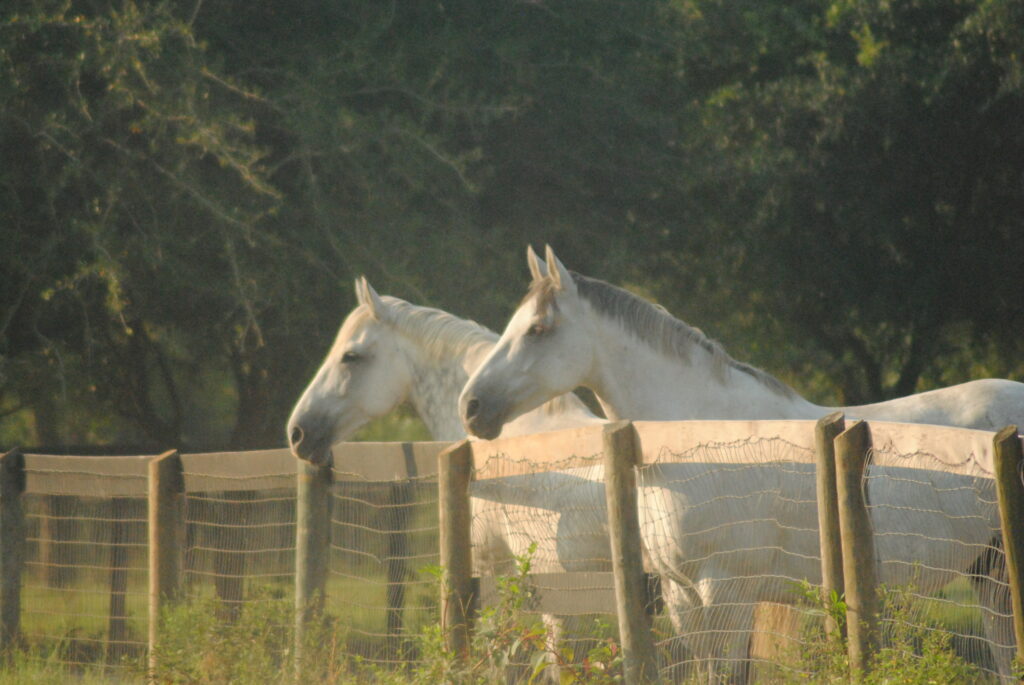
Draft horse crosses—particularly those combining draft breeds like Percheron, Belgian, or Clydesdale with lighter riding breeds—offer specialized benefits for therapeutic programs serving riders with specific needs. Their substantial bone structure and naturally wide backs provide exceptional stability and carrying capacity for adult riders, bariatric participants, or those requiring significant physical support from sidewalkers. These crosses typically inherit the famously gentle, patient temperament of draft breeds while gaining more athletic movement and responsiveness from their lighter-breed ancestry. Many draft crosses possess naturally smooth, rolling gaits that deliver therapeutic motion without excessive jarring or bouncing, benefiting riders with physical sensitivities or pain conditions. Their generally imposing yet non-threatening presence often creates powerful psychological benefits for participants working on confidence building, helping riders feel both safe and accomplished when managing such a substantial animal.
Paint Horses: Therapeutic Partners with Visual Appeal

Paint Horses combine many of the Quarter Horse’s therapeutic virtues with distinctive colorful patterns that offer additional programmatic benefits. Their eye-catching spots and patches create immediate visual engagement and often help build rapport with participants, particularly children or individuals with attention deficits who are drawn to their striking appearance. Beyond aesthetic appeal, Paints typically inherit the Quarter Horse’s celebrated steady temperament and sensible nature, making them reliable partners for participants with various challenges. Their medium height (typically 14.2 to 16 hands) provides versatility for programs serving diverse populations, while their sturdy build offers stability for riders with balance issues. Many therapeutic programs report that Paint Horses’ distinctive markings also serve as excellent teaching tools for positional awareness, direction following, and communication exercises, as instructors can reference specific spots to help riders understand where to focus attention or apply aids.
Appaloosa Horses: Spotted Partners with Sensible Minds
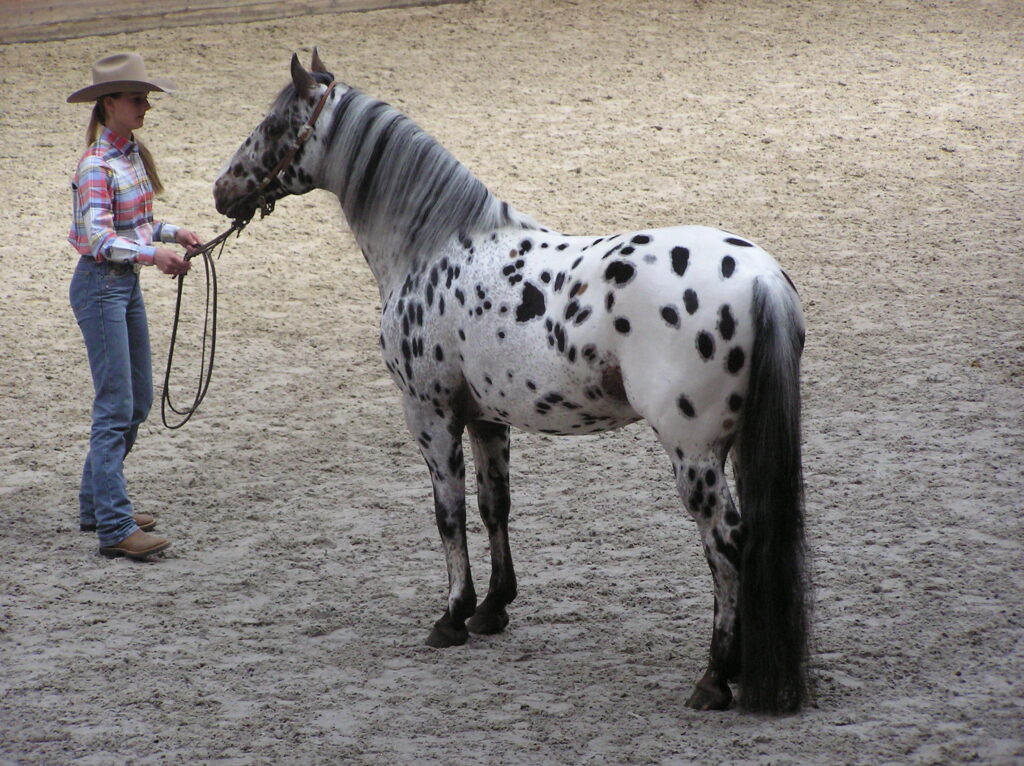
Appaloosa horses bring a combination of distinctive spotted coats and level-headed temperaments that serve therapeutic programs well across various applications. Their Native American heritage typically endows them with calm reactivity and thoughtful responses even in challenging situations, making them well-suited for working with unpredictable riders or in stimulating environments. Appaloosas generally stand between 14.2 and 16 hands, offering appropriate size options for programs serving both children and adults. Their characteristic strong hooves and naturally robust constitution typically result in excellent soundness, allowing them to maintain consistent participation in program schedules without excessive downtime. Many Appaloosas possess a unique combination of forward thinking while maintaining a measured pace, which helps engage riders who need motivation while avoiding overwhelming those with anxiety or processing challenges.
Connemara Ponies: Athletic Therapy Partners with Celtic Heritage
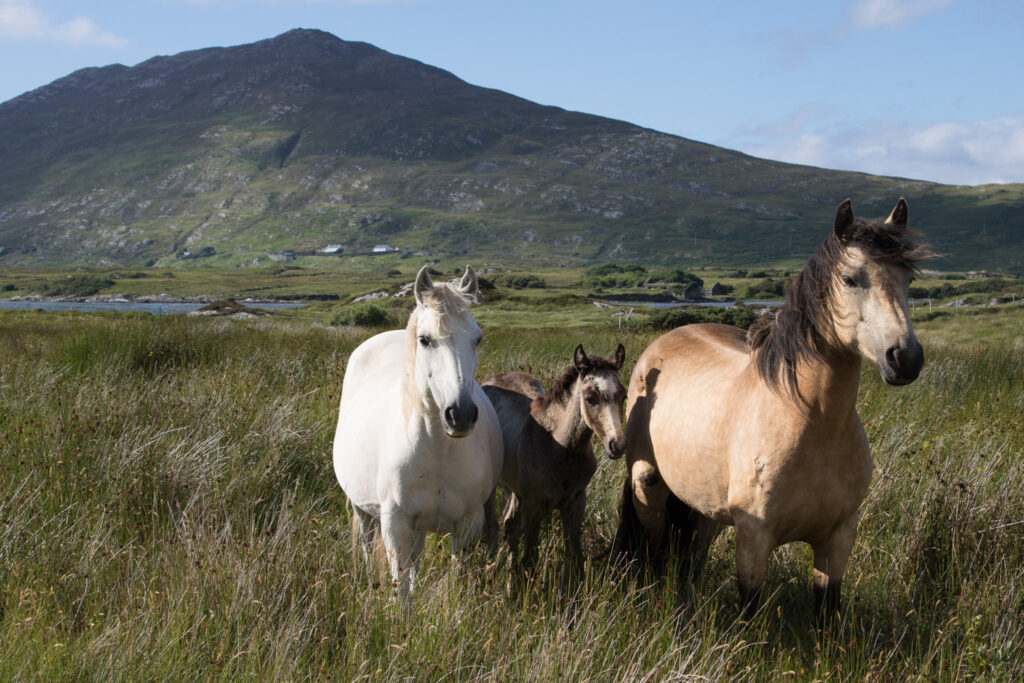
Connemara ponies from Ireland bring exceptional versatility to therapeutic programs through their distinctive combination of pony hardiness with horse-like athletic ability. Standing typically between 13.2 and 14.2 hands, they offer an approachable size that’s particularly well-suited for children and smaller adults while possessing surprising strength and carrying capacity for their dimensions. Connemaras are renowned for their intelligent, sensible nature that combines alertness with genuine kindness, allowing them to stay engaged in repetitive therapeutic work without becoming dull or resistant. Their naturally free-moving, ground-covering stride provides excellent proprioceptive input for riders, while their sure-footedness builds confidence during outdoor therapeutic activities. The breed’s legendary hardiness and natural health mean they often thrive in the demanding schedule of therapeutic programs without developing physical or psychological burnout, providing consistent service for many years.
Gypsy Vanners: Therapeutic Show-Stoppers with Gentle Hearts
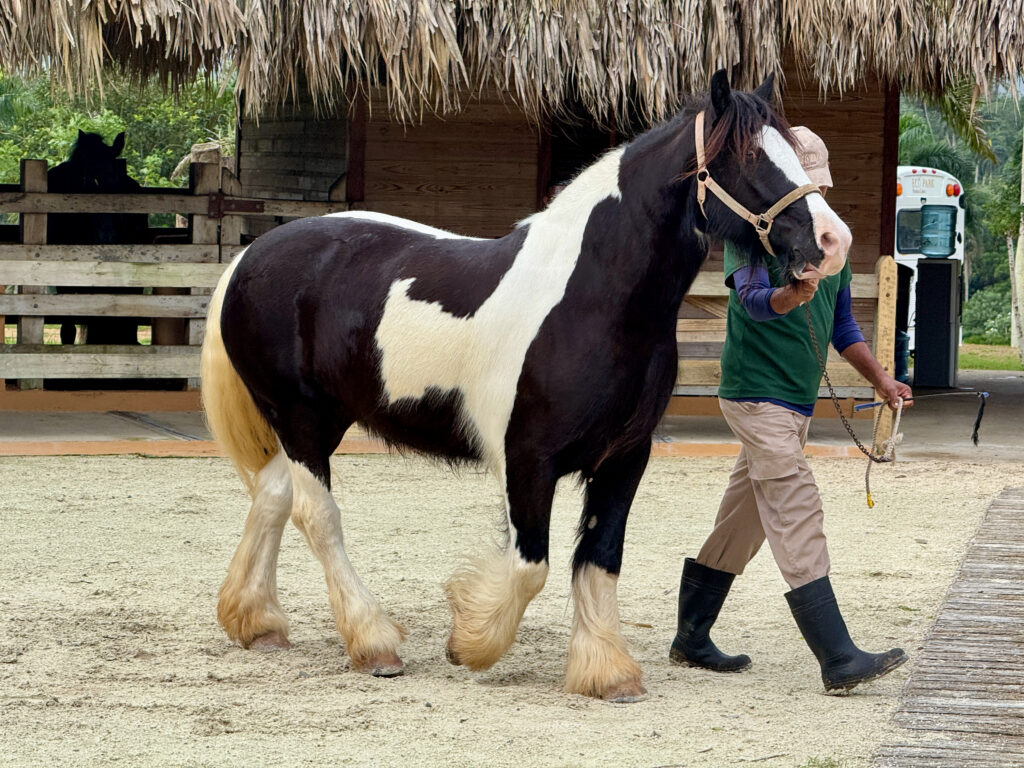
Gypsy Vanner horses combine distinctive appearance with exceptionally suitable temperaments for therapeutic applications, making them increasingly popular despite their relatively recent recognition as a formal breed. Their dramatic feathering (long hair on lower legs), flowing manes and tails, and often piebald or skewbald coloring create immediate visual engagement and emotional connection with participants, serving as powerful motivators for hesitant riders. Standing typically between 13.2 and 15.2 hands, they offer an accessible height combined with substantial bone structure that provides stability and strength for various rider needs. Gypsy Vanners were specifically bred to be family horses living in close proximity to children, resulting in exceptionally calm, people-oriented temperaments with high thresholds for unusual stimuli or inconsistent handling. Their naturally smooth, floating movement delivers therapeutic benefits while their substantial build provides confidence for riders with balance or security concerns.
Selecting and Training Horses for Therapeutic Programs

Beyond breed considerations, identifying and developing suitable therapeutic riding horses requires careful assessment and specialized training approaches. Potential therapeutic horses should undergo thorough temperament evaluation including exposure to unusual stimuli, tolerance for irregular weight distribution, comfort with close human proximity, and ability to maintain composure when receiving inconsistent signals from riders. Physical assessment must include soundness evaluation, gait analysis for therapeutic quality, and confirmation of appropriate structure for the program’s intended participants. Training for therapeutic work typically involves gradual desensitization to equipment like mounting ramps, mobility aids, and therapy tools, alongside developing the horse’s ability to respond to multiple handlers simultaneously. Most successful therapeutic horses receive at least six months of specialized preparation before entering full program service, regardless of their previous training, ensuring they develop the unique skill set required for this specialized work.
Conclusion
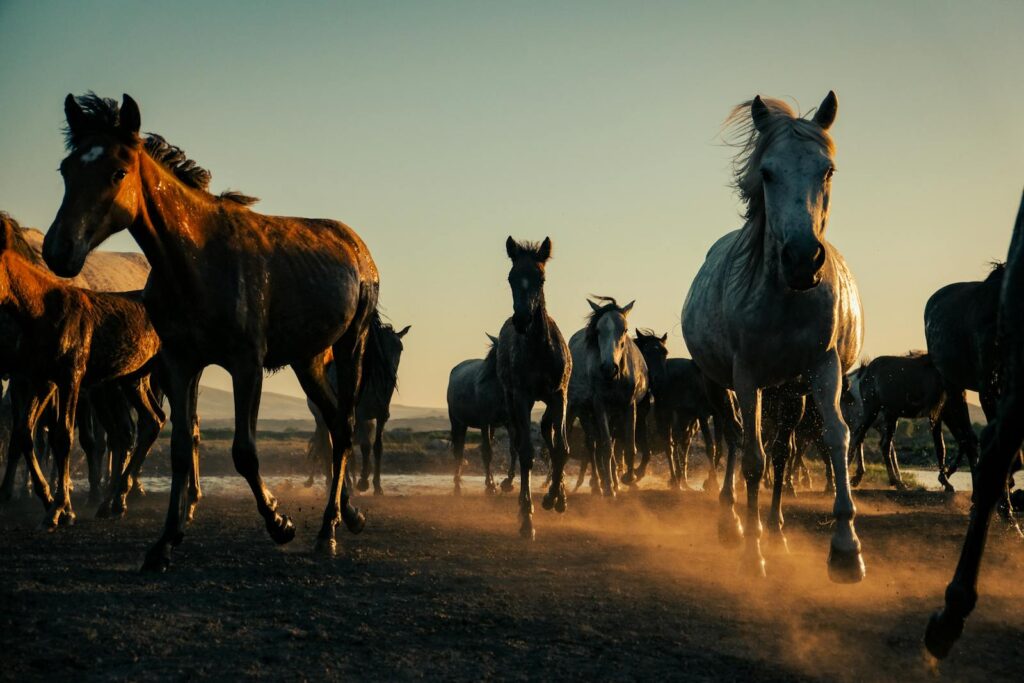
The selection of appropriate horse breeds for therapeutic riding programs represents a critical foundation for success in equine-assisted services. While the breeds highlighted in this article demonstrate particularly suitable characteristics, individual temperament always trumps breed standards when assessing a horse’s suitability for therapeutic work. Program directors must balance considerations of size, gait quality, disposition, and adaptability when building their equine teams, while recognizing that the perfect therapeutic horse often combines physical and temperamental attributes across breed lines. With careful selection, proper training, and ongoing support, these remarkable equine partners continue to facilitate healing, growth, and joy for countless participants in therapeutic riding programs worldwide.







